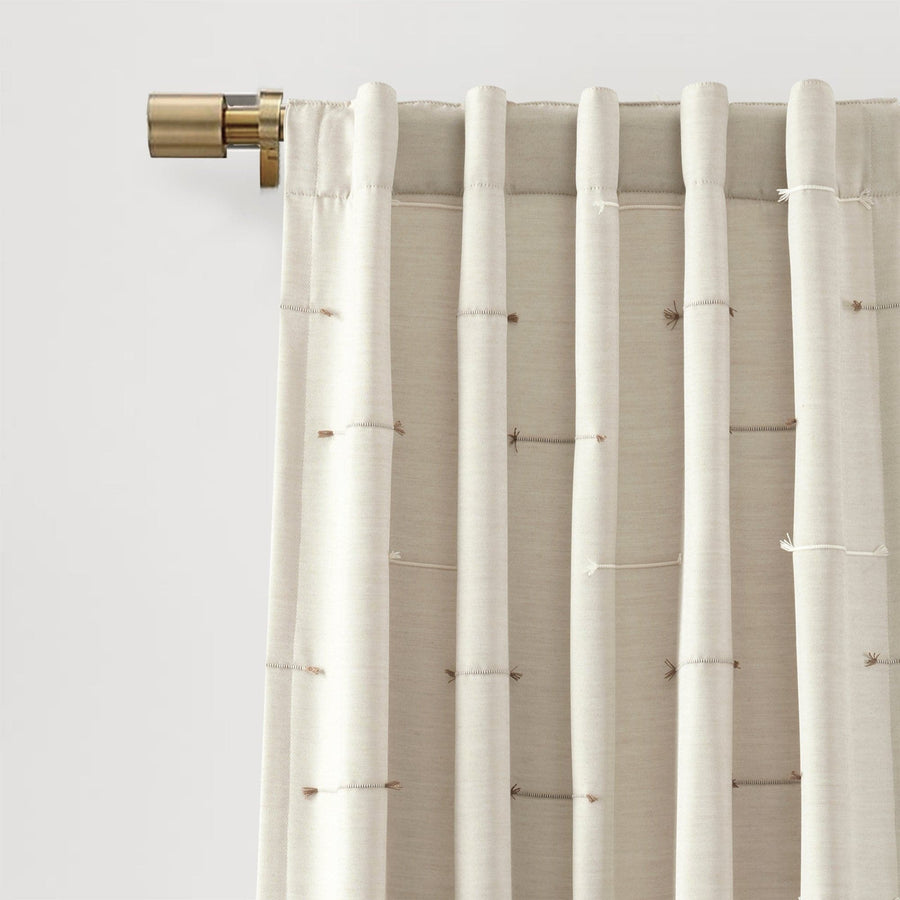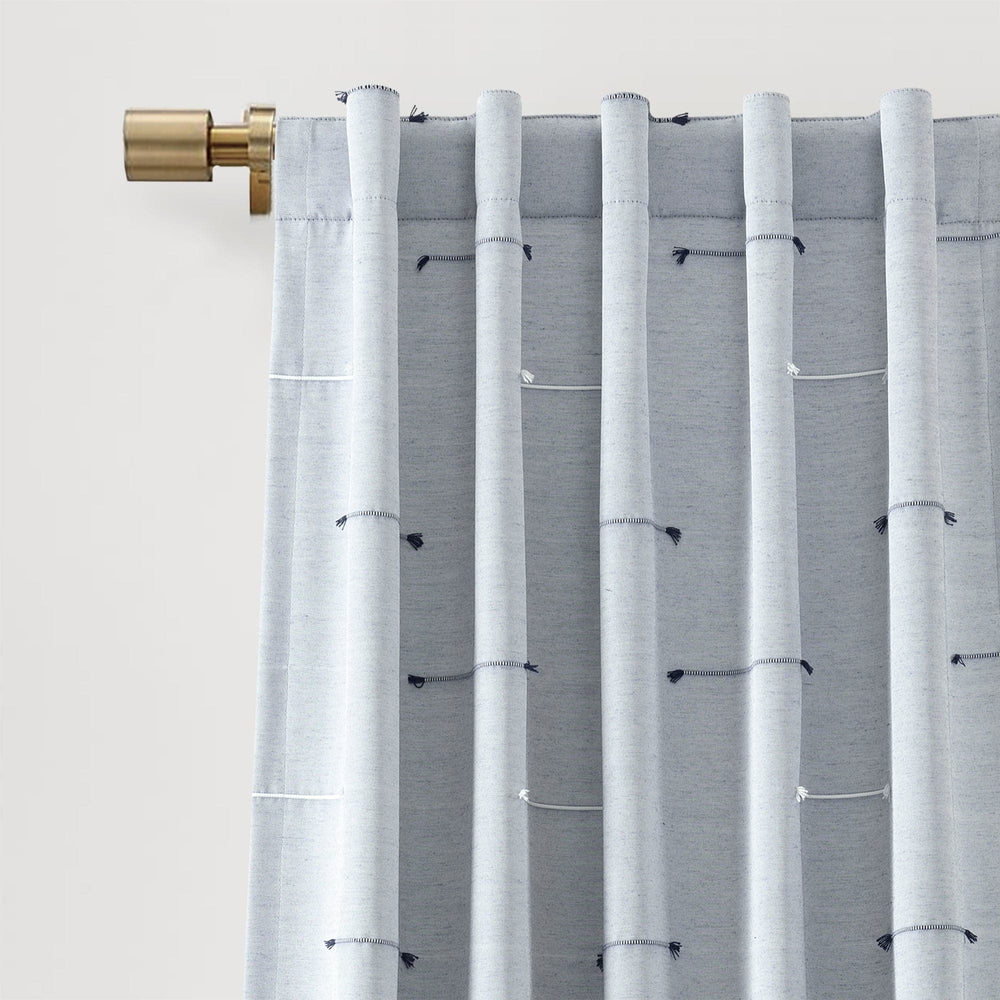Guest Blog: Choosing Indoor Plants to Heal Your Body and Mind
Every one of us probably remembers that lesson plan back in high school where we learned about photosynthesis, the process where plants convert the noxious carbon dioxide we exhale into the very oxygen that keeps us alive and breathing. Yet, it’s easy to look around at our daily lives and forget that these beautiful green plants are essentially our oxygen mask, our lifeline. Yes, plants are vital to our life here on Mother Earth.

What you might not know, which wasn’t so widely taught in high school classrooms, was the vast amount of benefits that come from plants -- not just in our garden, but in our homes. So instead of that plastic tree you use to decorate an empty corner in your home or that set of silk flowers positioned in the center of your favorite coffee table, there are some solid, evidence-based reasons you should work on your green thumb.
Perhaps the most famous study on indoor plants came from NASA. What researchers found was that our home appliances, carpets, and furniture all emit toxic chemicals like xylene, formaldehyde, and benzene, and plants placed around the home effectively worked to eliminate 87 percent of those airborne toxins in just 24 hours. For effectual air purification, homeowners should have plants in every 100 square feet of space.

But it doesn’t stop there. Numerous studies have been conducted on plants and their benefits, and in addition to clean air, they’ll help improve your concentration and efficiency by up to 15 percent, reduce your stress levels, help you heal faster, and even give you a great mood boost.
Let’s look at some plants you should consider:
>According to horticulturist and garden expert Justin Hancock, flowering plants like Anthurium and the African Violet decrease stress.

>Simply gazing at some beautiful roses will help you feel more relaxed.
>The Boston fern and palm plants work as your home’s natural humidifier, as they release moisture into the air through a process known and transpiration.
>The spider plant (Chlorophytum comosum) is the most recommended plant for cleaning the air. The rubbery Ficus elastica is a close second.
>Aloe Vera is known as one of the most common healing plants. It’s used on everything from sunburns to poison ivy.

>The Spider Plant can actually work to remove common allergens like dust -- and not just a little. They work to remove 90 percent of the allergens in a room like your bedroom. They’re a lot more economical than an air purifier, too.
>Have a home office with limited light? Use a bamboo plant to help boost your productivity. Research from the Royal College of Agriculture found that students demonstrated 70 percent greater attentiveness when their room had plants.
>Basil isn’t known to just add flavor to your favorite recipe, it’s also a mood booster.
>If you have asthma, consider some English Ivy, as this works to clean air efficiently.
>Inhaling some beautiful lavender will work to solve anxiety problems.
>Want to feel happier? In an informal study by garden expert David Domoney, the Lily of the Valley was said to bring the most joy.







 Erin Reynolds is the creator of
Erin Reynolds is the creator of 
Leave a comment